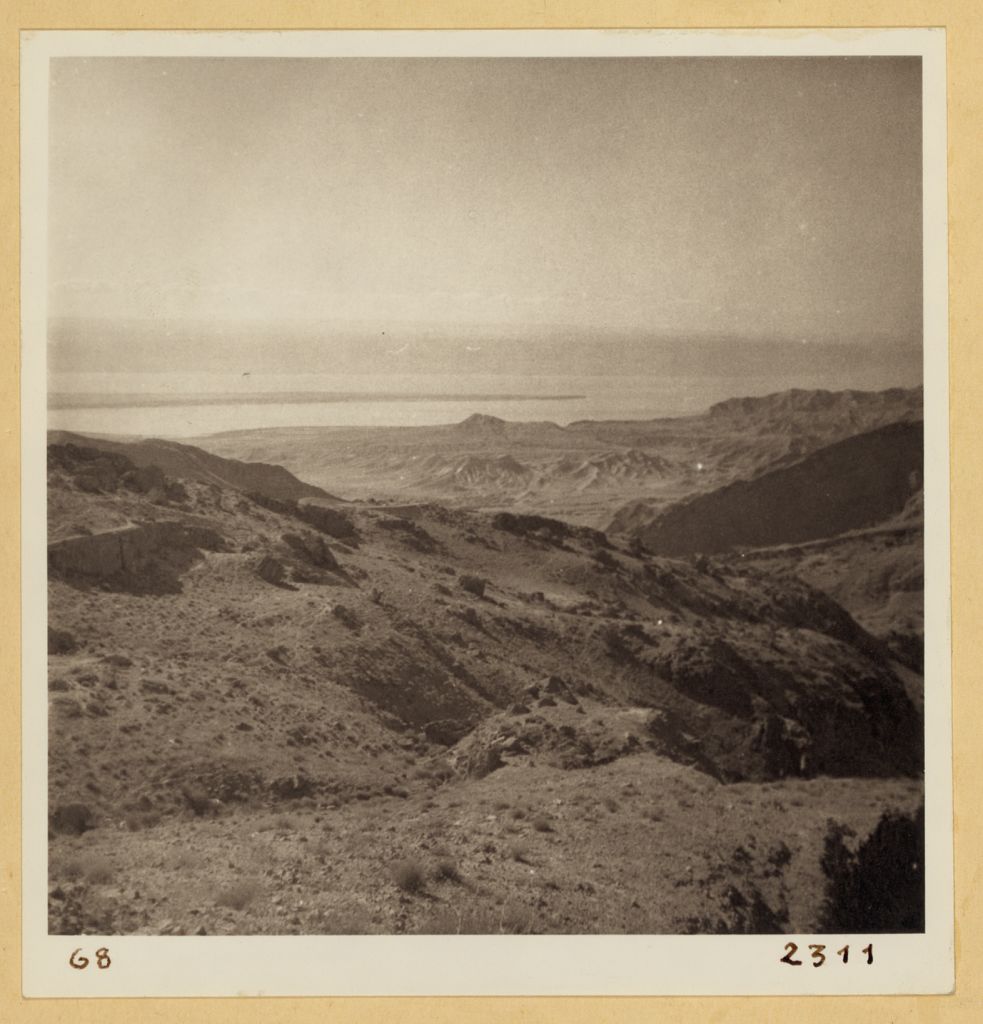|
Other Archaeological Sites / The Neolithic of the Levant (500 Page Book Online) Lisan Lake (Arabic Tongue) Excerpts and Definitions and Addendums
During much of the period of the last glaciation the inland basins of Palestine and Trans-Jordan were filled with pluvial lakes. The largest of these was the Lisan Lake which flooded much of the Rift Valley at present occupied by the Sea of Galilee -- River Jordan -- Dead Sea. This lake came into existence after about 70,000 BP and was maintained at its highest level from about 50,000 to 20,000 BP during the Lisan Stage. It was then about 220 kilometres long although no more than 17 kilometres wide and its surface was at about 180 metres below mean sea level -- some 200 metres above the present surface of the Dead Sea ... (*A) It is believed that the Lisan Lake was created during a period of increased precipitation or at least at a time when there was more run-off of surface water and less evaporation in the Rift Valley. The ecological equilibrium in this region is easily disturbed so even small changes in climate can have a great effect on the environment. It has been calculated that a rainfall increase of as little as 200 metres in the Rift Valley catchment would be sufficient to create the Lisan Lake without any change in other variables. We know from other evidence that the temperature fell by at least 5 degrees Centigrade in the Levant during the last glaciation. This would have increased effective precipitation by reducing evaporation. It may be that there was little more actual rainfall but combined with the drop in temperature this was enough to fill the Lisan basin ... (ibid) Although the lake was so large it was always too salty for fish and molluscs to live in it and thus useless to man as a source of food. Because of its length it would also have hindered rapid communication between the Judean uplands and Transjordan ... (ibid) (*A) The Neolithic of the Levant: Chapter 1 -- LATE PLEISTOCENE |
